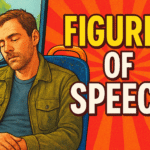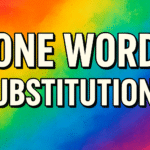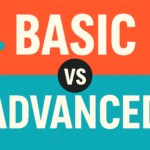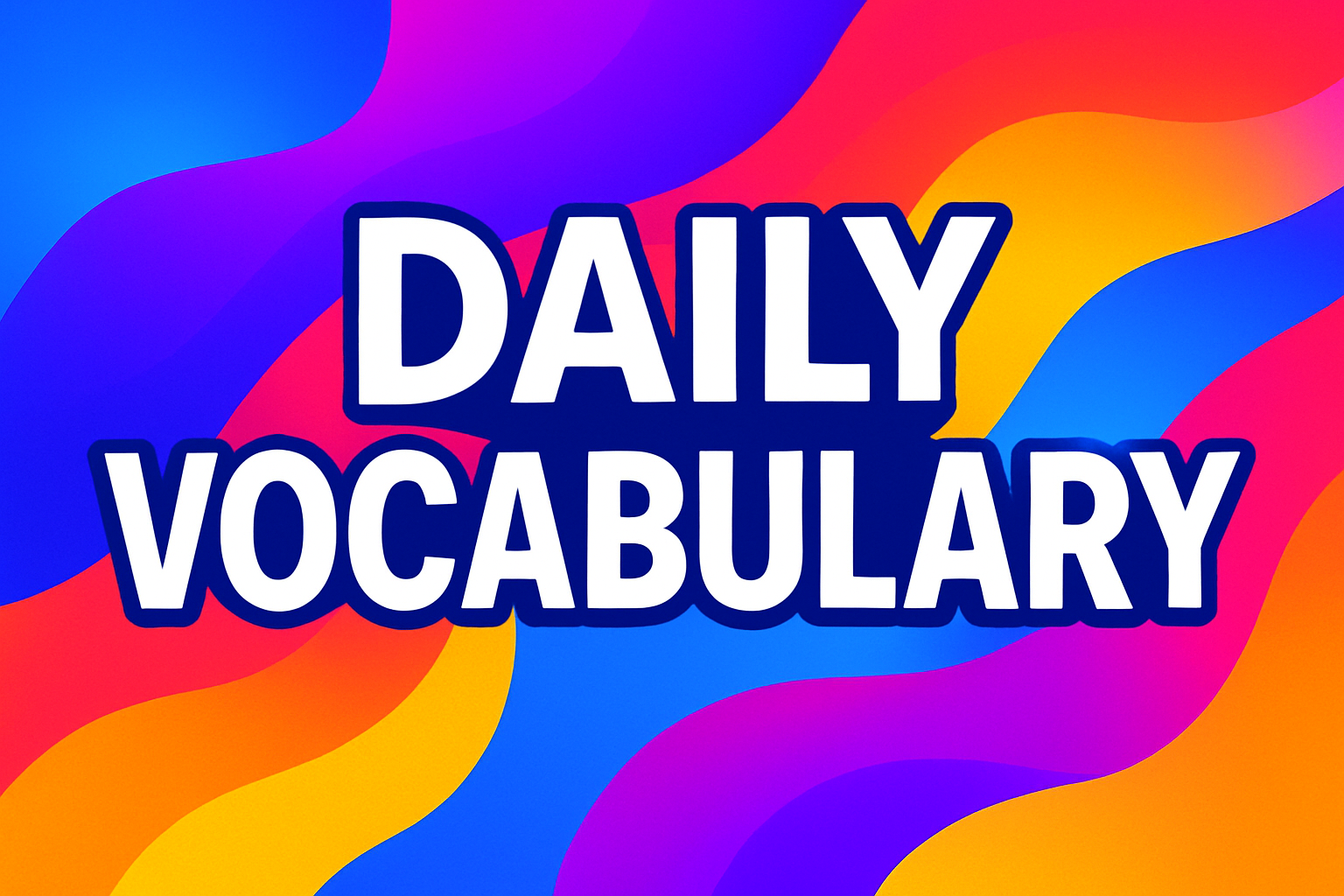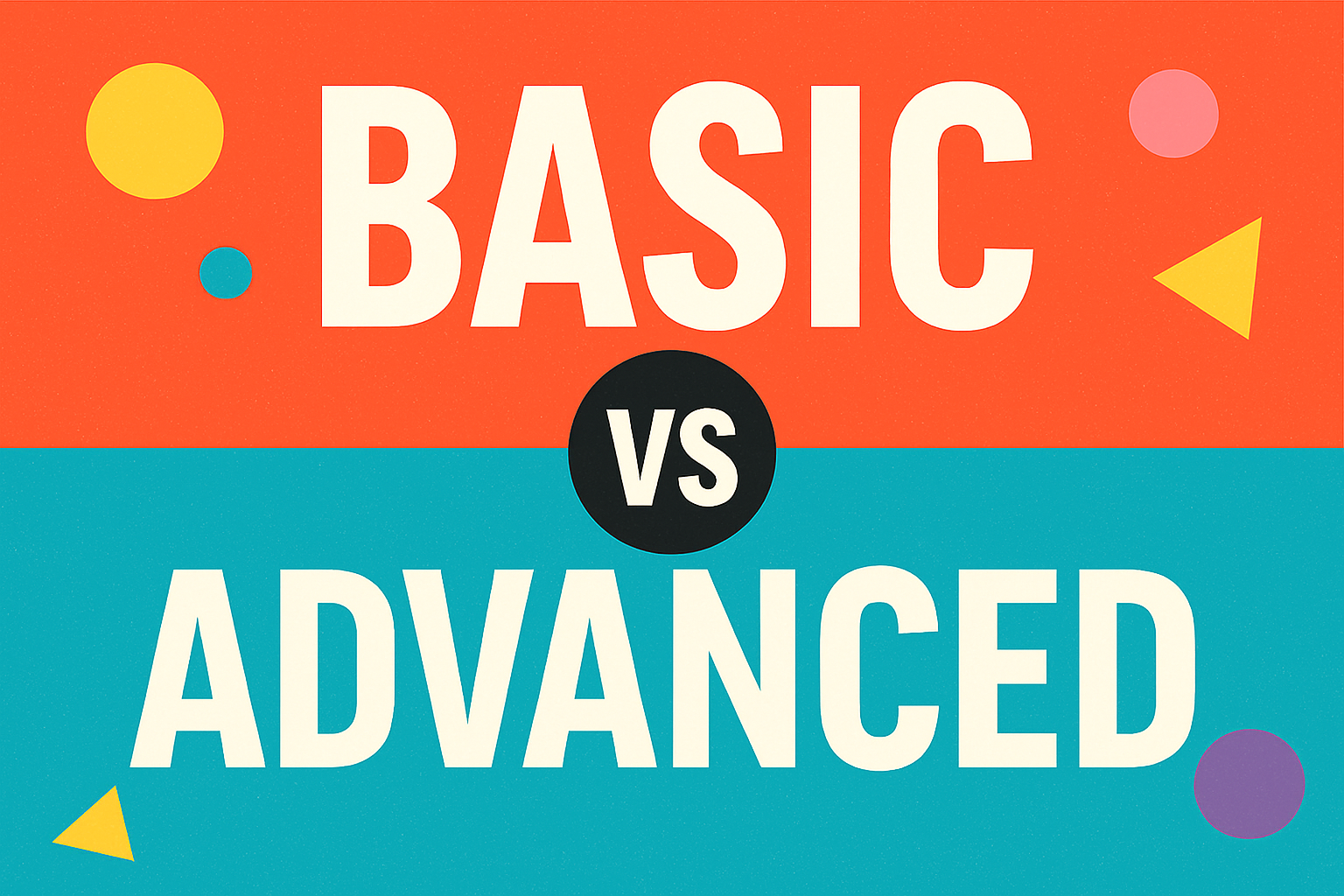Introduction to Figures of Speech
Figures of speech are rhetorical devices used in language to enhance expression, create vivid imagery, or convey ideas more effectively than literal wording. They add flavor, emotion, and creativity to writing and speech, often by bending the rules of grammar or logic. Common in literature, poetry, advertising, and everyday conversation, they help make communication more engaging and memorable.
There are dozens of figures of speech, but below, I’ll cover the most essential ones, grouped by category for clarity. For each, I’ll provide a definition, explanation, and example. I’ve organized them into a table for easy reference, followed by brief notes on usage.
| Figure of Speech | Definition | Explanation | Example |
|---|---|---|---|
| Simile | A comparison between two unlike things using “like” or “as.” | It highlights similarities to create a clear, visual picture, making abstract ideas more relatable. | “Her smile was as bright as the sun.” (Compares a smile’s brightness to the sun’s.) |
| Metaphor | A direct comparison between two unlike things without “like” or “as.” |
It implies one thing is another, fostering deeper symbolic meaning and avoiding bland descriptions. | “Time is a thief.” (Suggests time steals moments from life.) |
| Personification | Giving human qualities to non-human things, animals, or ideas. |
It animates the inanimate, evoking empathy or making scenes more dynamic and relatable. | “The wind whispered through the trees.” (Wind is given the human ability to whisper.) |
| Hyperbole | Deliberate exaggeration for emphasis or humor. |
It amplifies emotions or situations to comic or dramatic effect, not meant to be taken literally. | “I’m so hungry I could eat a horse.” (Exaggerates hunger for emphasis.) |
| Understatement (Litotes) | Downplaying something significant to create irony or emphasis. |
The opposite of hyperbole; it highlights truth by minimizing it, often for subtle humor. | “It’s just a scratch.” (Said about a deep wound, to downplay severity.) |
| Alliteration | Repetition of the same initial consonant sounds in a series of words. |
It creates rhythm, musicality, and memorability, often used in poetry or branding. | “Peter Piper picked a peck of pickled peppers.” (Repetition of ‘p’ sound.) |
| Assonance | Repetition of vowel sounds in nearby words. |
It adds internal rhyme and a melodic quality, enhancing mood without full rhyming. | “The rain in Spain stays mainly in the plain.” (Repetition of ‘ai’ sound.) |
| Consonance | Repetition of consonant sounds, typically at the end of words. |
It provides a subtle echo effect, building tension or harmony in prose or verse. | “Pitter-patter.” (Repetition of ‘t’ sound.) |
| Onomatopoeia | A word that imitates the sound it describes. |
It brings auditory imagery to life, making writing more sensory and immersive. | “The bees buzzed around the hive.” (“Buzz” mimics the bee’s sound.) |
| Synecdoche | A part representing the whole, or vice versa. |
It uses a specific detail to stand for a larger idea, adding efficiency and poetic flair. | “All hands on deck.” (“Hands” represents sailors.) |
| Metonymy | Substituting a related term for the thing meant. |
It connects ideas through association, often for brevity or cultural resonance. | “The White House issued a statement.” (“White House” stands for the U.S. President/administration.) |
| Oxymoron | A combination of contradictory words. |
It creates paradox to reveal deeper truths or add wit, highlighting complexity. | “Jumbo shrimp.” (Large and small contradict for ironic effect.) |
| Paradox | A statement that seems contradictory but reveals a truth. |
Broader than oxymoron, it challenges logic to provoke thought or philosophy. | “Less is more.” (Suggests simplicity yields greater impact.) |
| Irony | A contrast between expectation and reality (verbal, situational, or dramatic). |
It uses discrepancy for humor, criticism, or surprise; types include saying the opposite of what’s meant (verbal). | Verbal: “Great weather!” (Said during a storm, meaning the opposite.) |
| Pun | A play on words with multiple meanings or similar sounds. |
It relies on humor through ambiguity, often for lighthearted wordplay. | “Time flies like an arrow; fruit flies like a banana.” (Double meaning of “flies.”) |
| Anaphora | Repetition of a word or phrase at the beginning of successive clauses. |
It builds rhythm, emphasis, and emotional intensity, common in speeches. | “I have a dream… I have a dream…” (From Martin Luther King Jr.’s speech.) |
| Euphemism | A mild or indirect word substituting for something harsh or blunt. |
It softens uncomfortable truths, often for politeness or sensitivity. | “Passed away” instead of “died.” |
| Cliché | An overused expression that has lost originality. |
While often criticized, it can be effective if subverted; awareness prevents lazy writing. | “Love at first sight.” (Overfamiliar romantic trope.) |
Key Notes on Usage
- Why Use Them? Figures of speech elevate plain language, making it more persuasive, poetic, or entertaining. In poetry, they layer meaning; in prose, they paint pictures; in speeches, they inspire.
- Common Pitfalls: Overuse can make writing seem forced or clichéd. Balance with literal language for clarity.
- Cultural Variations: Some (e.g., idioms like “kick the bucket” for dying) are euphemistic figures specific to languages or regions.
- Practice Tip: Identify them in favorite books or songs—e.g., Taylor Swift’s lyrics often use metaphors like “band-aids don’t fix bullet holes.”

